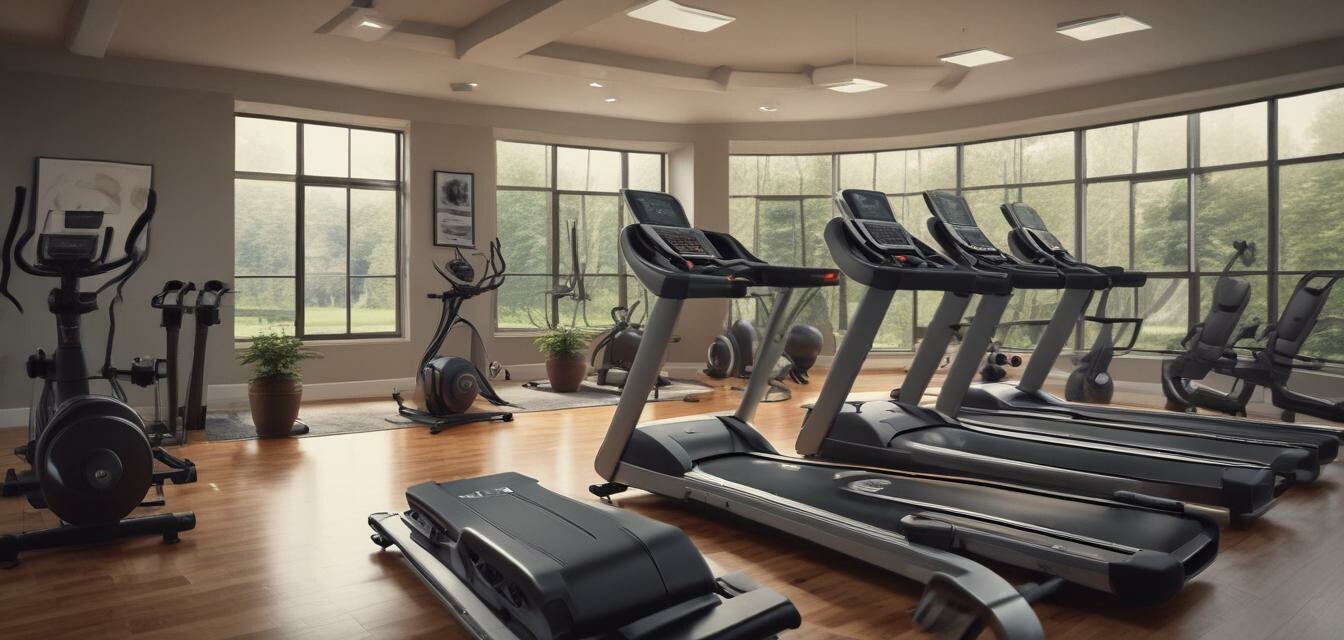
Common issues with cardio machines and how to fix them
Key Takeaways
- Regular maintenance can prevent common issues with cardio machines.
- Address minor problems promptly to avoid costly repairs later.
- Understanding your specific machine's user manual is crucial for troubleshooting.
Cardio machines are an essential part of any fitness regimen, providing an effective way to keep fit and healthy. However, like any piece of equipment, they can encounter issues that may affect their performance. In this article, we'll address some of the most common problems with cardio machines and offer practical solutions for a seamless workout experience. Whether you own a treadmill, elliptical, or stationary bike, our tips will help you troubleshoot effectively.
Common issues with cardio machines
| Cardio Machine | Common Issue | Potential Fix |
|---|---|---|
| Treadmill | Walking belt slipping | Adjust the tension of the walking belt according to the manual. |
| Elliptical | No resistance | Check the power supply and ensure connections are secure. |
| Stationary bike | Pedals not turning smoothly | Lubricate the pedal joints and check for loose bolts. |
| Rowing machine | Chain is stiff | Clean and lubricate the chain regularly. |
| Spin bike | Brake pad wear | Inspect and replace brake pads if signs of wear are evident. |
1. Treadmills
Treadmills are one of the most popular cardio machines, but they can experience issues such as the walking belt slipping. This can not only disrupt your workout but also cause further damage to the machine if not addressed. One common culprit might be the tension on the belt. Here’s how to fix it:
- Locate the tension adjustment bolts at the back of the treadmill.
- Use an Allen wrench or the appropriate tool to tighten both sides evenly.
- Test the belt; if it continues to slip, repeat the process.
2. Ellipticals
While elliptical trainers offer a low-impact workout, they can sometimes lose resistance. This is typically due to electrical issues or misconfigured settings. Here’s how you can troubleshoot:
- Ensure the power supply is connected and functioning.
- Check for any loose wires and secure them.
- Adjust the resistance settings using the console.
3. Stationary bikes
On stationary bikes, you may notice the pedals are not turning smoothly. This can often be attributed to dirt buildup or loose components. To fix this issue:
- Inspect the pedal joints for dirt or debris.
- Lubricate the joints lightly with bike oil.
- Tighten any loose bolts to ensure stability.
4. Rowing machines
Rowing machines might experience stiffness in the chain, making your strokes feel more labor-intensive. To ensure smooth rowing:
- Clean the chain with a damp cloth to remove dust and dirt.
- Apply a specific chain lubricant to maintain smooth operation.
5. Spin bikes
If you notice that your spin bike's brake pads appear worn, it is essential to address this issue promptly to avoid accidents. Here's how to check and replace them:
- Inspect the brake pads for wear at the start of each month.
- If they are worn, purchase replacements compatible with your model.
- Follow the manufacturer’s instructions for installation.
Tips for maintaining cardio machines
Beginner's section
For new cardio machine owners, the following tips can help ensure your equipment stays in top condition:
- Regularly clean your machine after each use to prevent dust buildup.
- Inspect cables and connections regularly for wear.
- Understand and follow the manufacturer's maintenance instructions.
- Store machines in a dry, temperature-controlled environment to avoid rust.
Conclusion
Understanding common issues with cardio machines and how to resolve them can enhance your fitness experience significantly. Regular maintenance and timely troubleshooting will help your machines remain reliable for years to come. If you are interested in learning more about maintenance tips for various equipment, our blog has plenty of resources to keep you informed!
Pros
- Enhanced workout experience
- Increased machine longevity
- Cost savings on repairs
Cons
- Some issues may require professional help
- Time-consuming maintenance routines